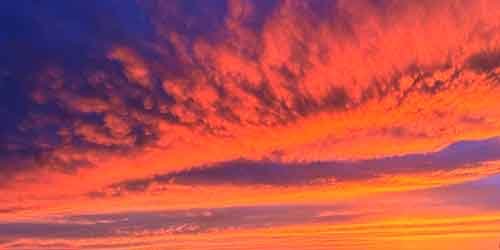A vast plume of Sahara Desert dust—spanning an area comparable to the continental United States—has engulfed the Caribbean, creating hazy skies and health concerns across the region. Satellite imagery reveals the immense dust cloud stretching approximately 2,000 kilometers, from Jamaica in the west to Barbados in the east, and from the Turks and Caicos Islands in the north to Trinidad and Tobago in the south.

Health Hazards and Disruptions
The dense dust has significantly reduced visibility and triggered respiratory issues, with residents reporting symptoms such as sneezing, coughing, and watery eyes. Local authorities are urging people to wear face masks due to poor air quality. In San Juan, Puerto Rico, officials have also issued a heat advisory, as the suspended sand particles trap warmth near the ground, intensifying temperatures.
The fallout from the dust cloud extends beyond health risks. Settled sand is coating streets, vehicles, and homes, creating additional cleanup challenges.
Path Toward the U.S.
Meteorologists predict the dust plume will reach the southern United States—including Florida, Texas, Louisiana, Alabama, and Mississippi—by the end of the week. By then, it will have traveled more than 8,000 kilometers in just over a week, a remarkable journey visible in striking satellite images.
A Seasonal Phenomenon with a Silver Lining
While Saharan dust clouds are an annual occurrence, driven by dry air currents, this event is unusually large. On average, one or two major dust plumes cross the Atlantic each year, though not always at this scale. Similar events occasionally affect Europe, carrying desert particles far beyond their origin.
Amid the warnings, there’s a rare upside: the dust scatters sunlight, creating vibrant orange and crimson sunrises and sunsets. For now, residents are advised to take precautions—but also to keep an eye on the sky for nature’s fleeting spectacle.
Volkskrant

 Saba News News and Information from Saba Island, Dutch Caribbean
Saba News News and Information from Saba Island, Dutch Caribbean
